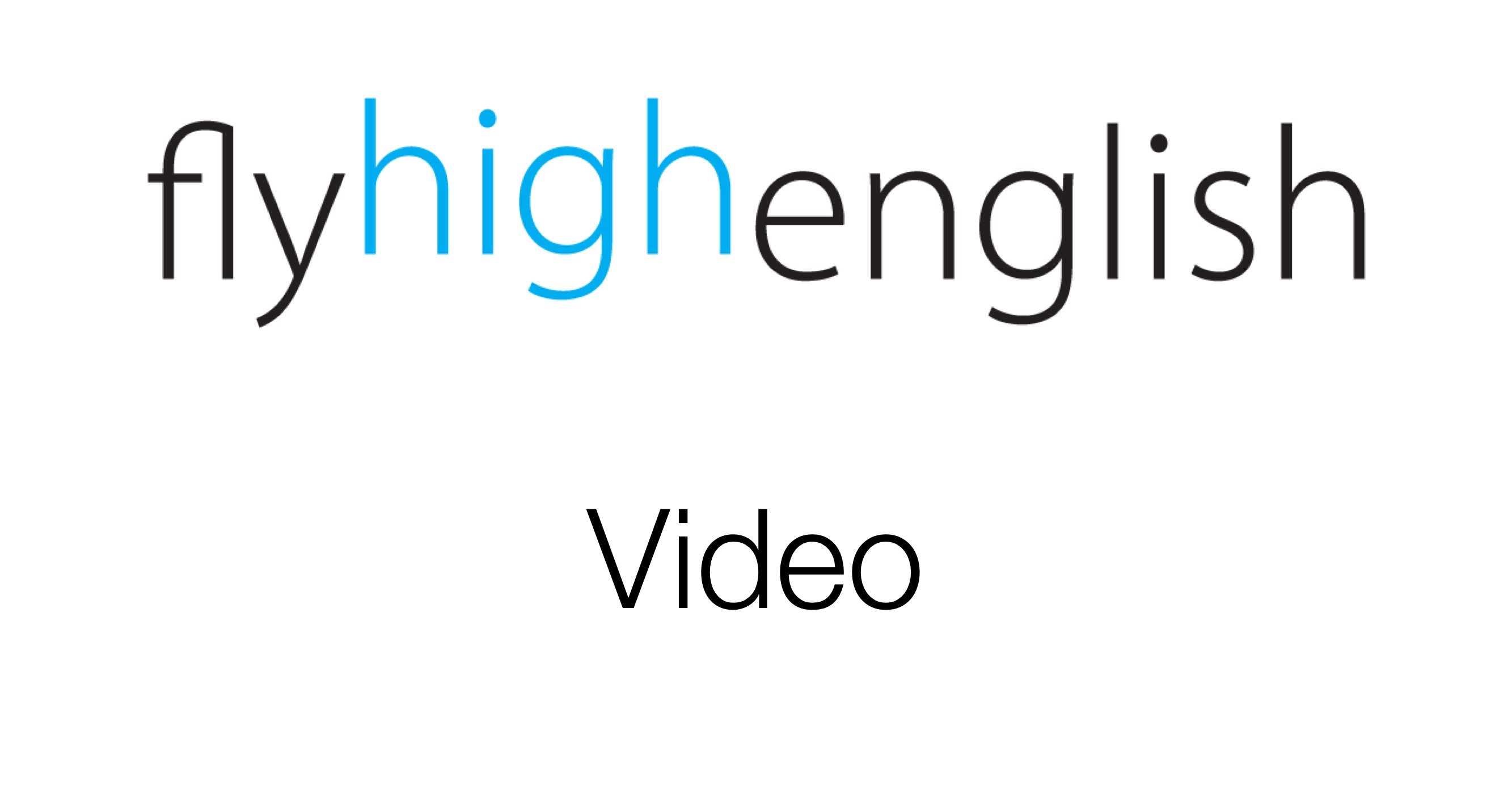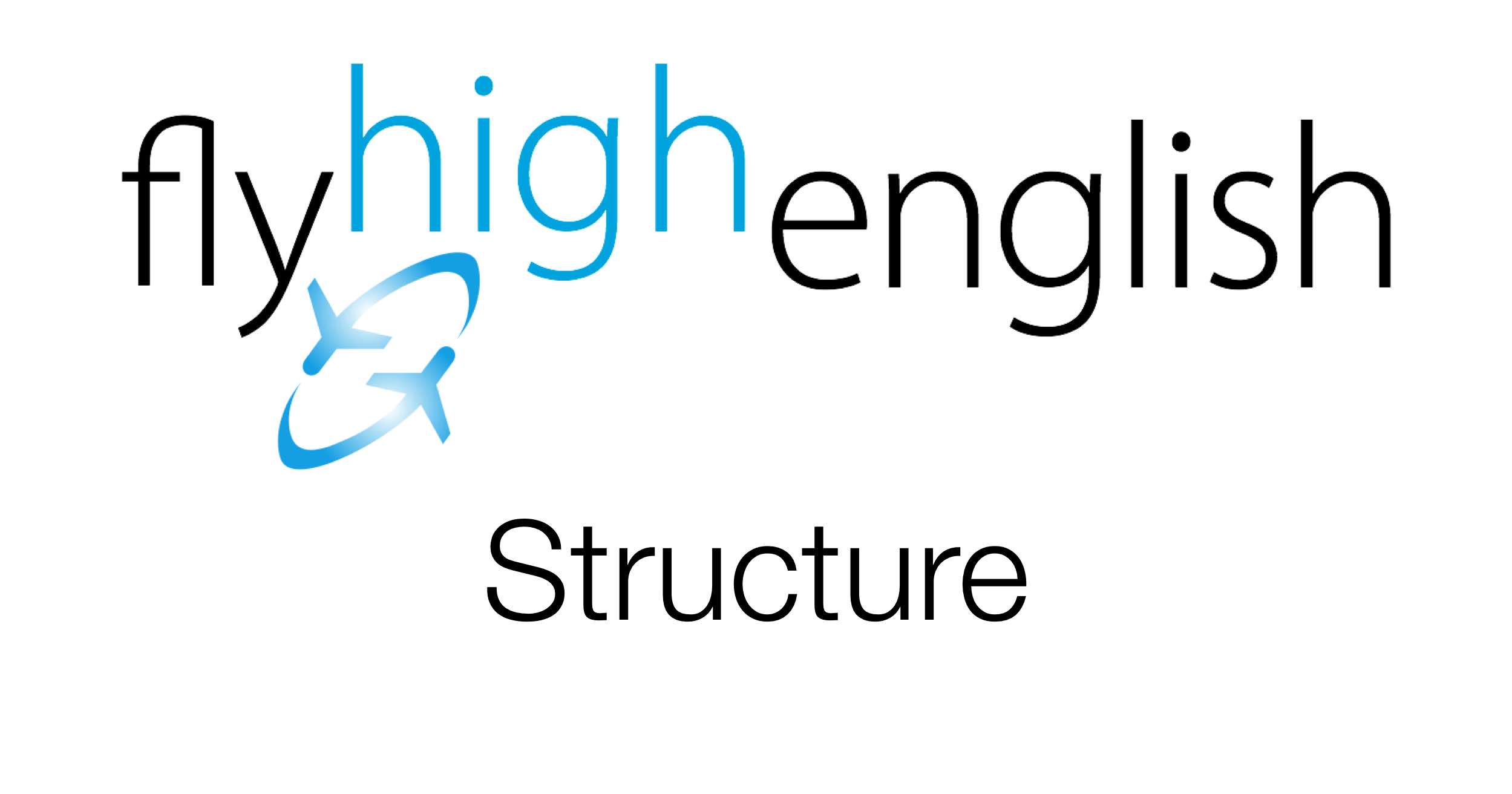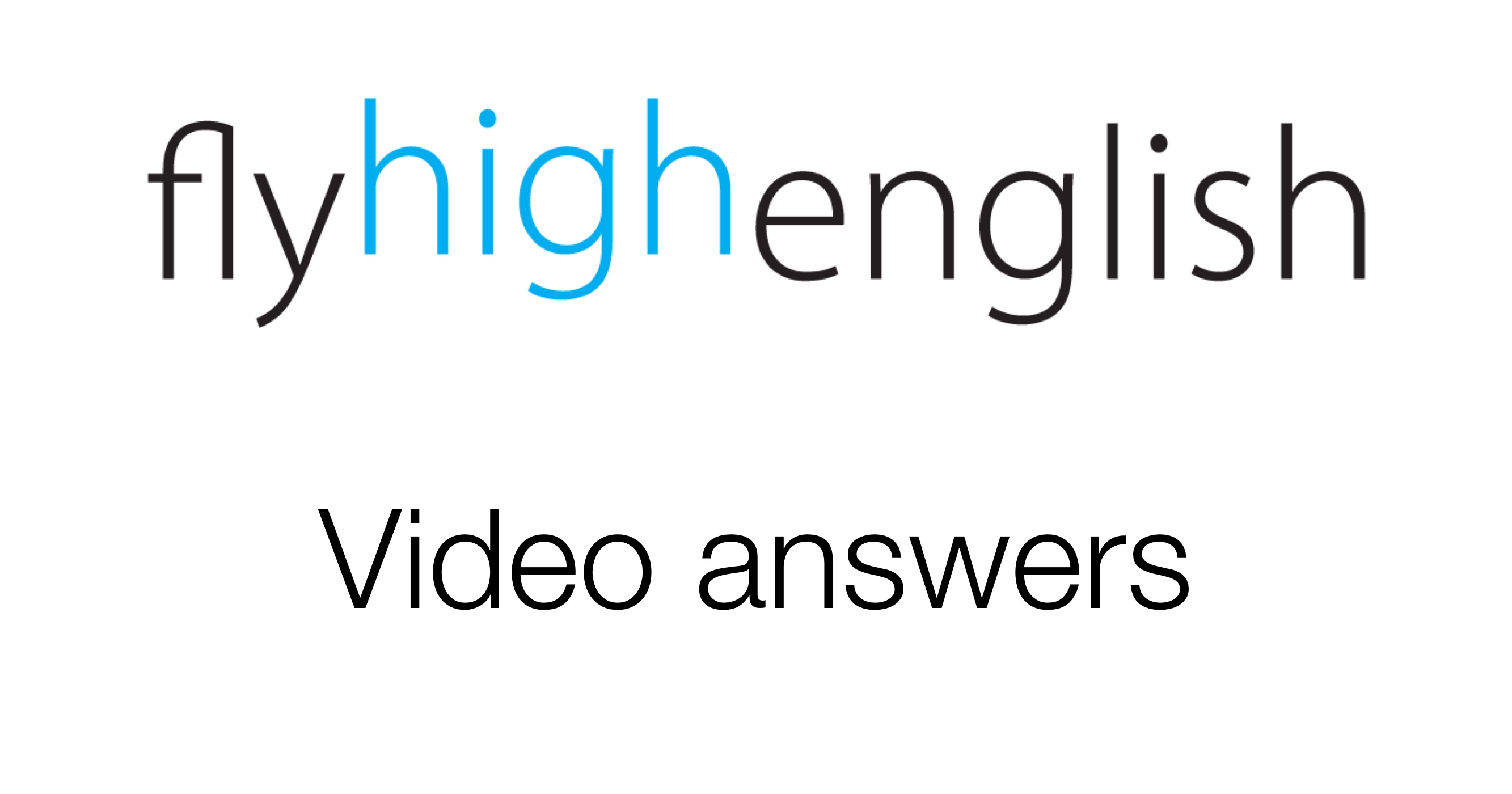
This week’s video describes why airlines sell more seats than they have. After this week’s news about a United Airlines passenger forcibly removed from a plane, it’s interesting to find out more about this practice. Watch the video to find out why and how they do it.
Try to answer the following questions about the video and come back on Monday for the answers.
Suggested ICAO level for video: 5+
- What’s the term used to describe the quantity of passengers that don’t arrive for their flight?
- How do airlines know how many people won’t arrive for their flight?
- Why do many passengers miss their connections?
- Why do passengers miss Sunday flights less?
- How do airlines choose who will be bumped off a flight?
- So what can passengers do to reduce the chances that they’ll be bumped of a flight?
Follow us on twitter here, Facebook here or Google+ here for more great content!
Have a great weekend!
Why Airlines Sell More Seats Than They Have
Get 15 free days of knowing your data is safe by using this link with Backblaze: http://backblaze.com/wendover I started a brand new podcast with Brian from Real Engineering. In the first episode we talk with Hank Green of Crash Course, VidCon, SciShow, and more.



